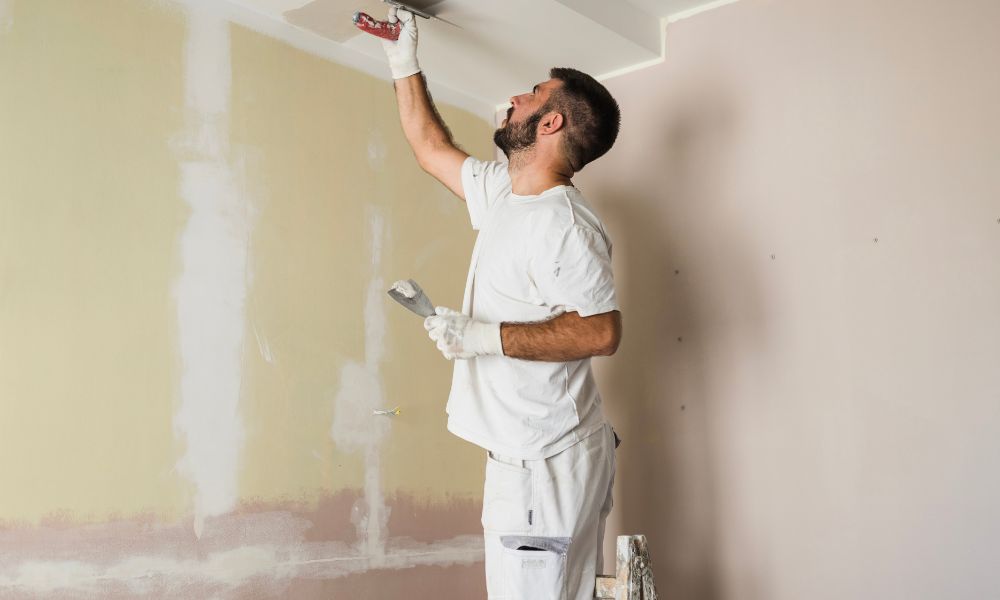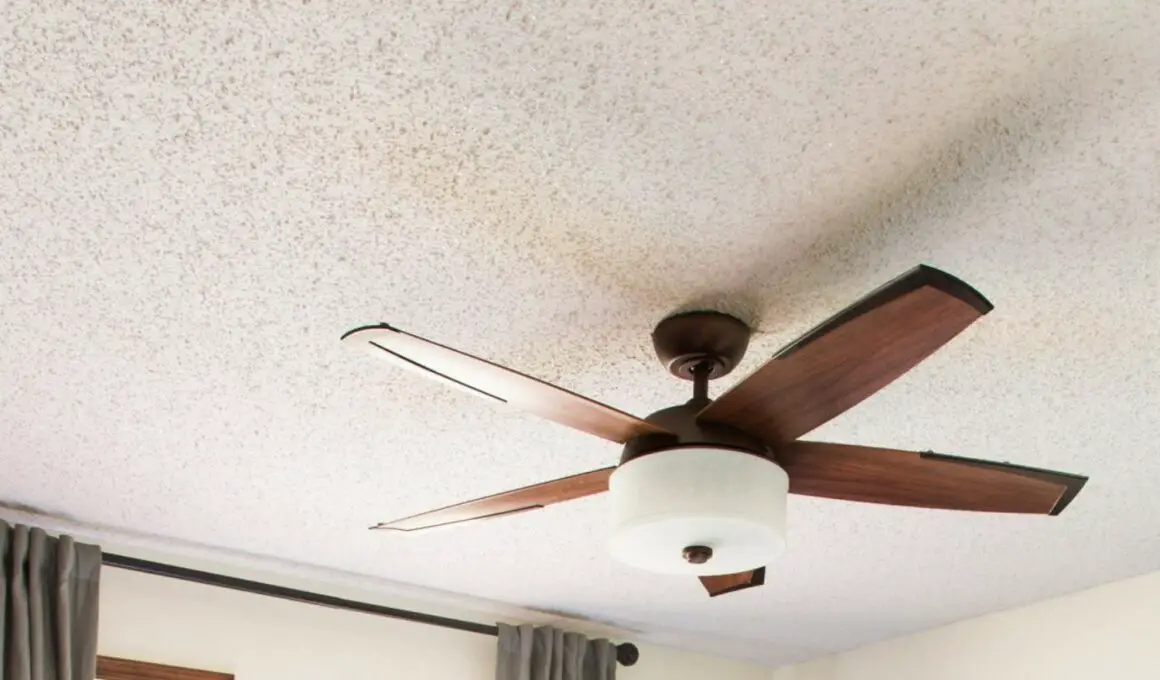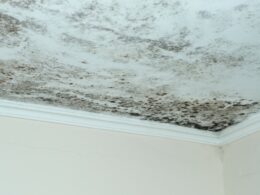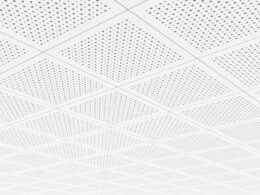Table of Contents Show
Having worked on numerous house projects and garnered feedback from satisfied clients, I’ve learned that clear, straightforward information is key to making informed decisions about your home.
However, the question that often lingers in the minds of modern homeowners and potential buyers is: “Does popcorn ceiling contain asbestos?”
This concern stems from the known health risks associated with asbestos, a group of naturally occurring fibrous minerals previously popular in construction materials for their durability and resistance to fire and heat.
Whether you’re a homeowner looking to renovate, a buyer interested in older properties, or simply someone curious about the safety of your living space, this article aims to provide clear, professional insights into the relationship between popcorn ceilings and asbestos
Does Popcorn Ceiling Contain Asbestos?
Yes, popcorn ceilings can contain asbestos. This is particularly true for popcorn ceilings installed before the 1980s, as asbestos was commonly used in construction materials for its fire-resistant properties. Homeowners should consider professional testing to determine if their popcorn ceilings contain asbestos, especially before undertaking any renovation work. Asbestos, if present and disturbed, poses health risks, making testing and proper handling crucial.

Identifying Asbestos in Popcorn Ceilings
Identifying asbestos in popcorn ceilings by visual inspection alone can be challenging. Asbestos fibers are microscopic and cannot be seen with the naked eye. However, certain indicators can suggest the presence of asbestos:
1. Age of the Building
Homes built or renovated before the 1980s are more likely to have asbestos in their popcorn ceilings. If your home falls into this category, it’s wise to be cautious.
2. Texture and Appearance
Popcorn ceilings containing asbestos often have a distinct, rough texture. This is due to the asbestos fibers mixed into the ceiling material. However, this is not a definitive sign, as non-asbestos materials can look similar.
Despite these indicators, the only sure way to determine if asbestos is present is through professional testing. This involves:
- Collecting Samples Safely: A trained professional will safely collect a sample of the ceiling material using appropriate safety measures to prevent asbestos fiber release.
- Laboratory Analysis: The collected sample is then sent to a laboratory where it’s tested for asbestos content.
Health Risks Associated with Asbestos in Popcorn Ceilings
Asbestos exposure, particularly from materials like popcorn ceilings, poses significant health risks. When asbestos fibers are disturbed and released into the air, they can be inhaled, leading to serious health issues. The primary risks include:
1. Asbestosis
This lung disease is caused by inhaling asbestos fibers, leading to scarring of lung tissue and severe breathing difficulties. Asbestosis is a progressive condition that can worsen over time, even after exposure has stopped.
2. Lung Cancer
There’s a well-established link between asbestos exposure and lung cancer. The risk is especially high for individuals who have a history of smoking.
3. Mesothelioma
This rare form of cancer predominantly affects the lining of the lungs, chest, abdomen, and heart. It is almost exclusively linked to asbestos exposure and can develop decades after the initial exposure.

Alternatives to Popcorn Ceilings
Replacing popcorn ceilings with modern, safer alternatives not only updates the look of your home but also eliminates potential asbestos concerns. Here are some popular options:
1. Smooth Ceilings
One of the simplest alternatives is a smooth, flat ceiling. This sleek and clean look can make a room appear larger and more open. For a smooth finish, existing popcorn ceilings can be skim-coated by a professional or removed entirely if they don’t contain asbestos.
2. Knockdown Texture
Similar to popcorn texture but less pronounced, the knockdown texture offers a contemporary look. It involves spraying the ceiling with a special mixture and then “knocking down” the peaks to create a flattened, mottled texture.
3. Painted Ceilings
Simply painting the ceiling in a solid color is an easy update. Light colors can brighten a room, while darker hues can add depth and character.
4. Tin or Faux Tin Tiles
These are excellent for adding an elegant, vintage touch. Tin tiles come in various patterns and can be painted to fit any decor style.
5. Wooden Beams of Panels
Installing wooden beams or panels can give your home a rustic or sophisticated look, depending on the design and finish of the wood.
6. Coffered Ceilings
These are attractive options for adding architectural interest. Coffered ceilings are a series of sunken panels that add depth and texture to a room.
Tips for Remodeling and Replacing Old Ceilings
- Safety First: If removing a popcorn ceiling, test for asbestos first. If asbestos is present, hire a professional for safe removal.
- Preparation is Key: Before installing new ceiling materials, ensure the surface is clean, dry, and smooth.
- Consider Room Use: Choose a ceiling option that complements the room’s function and style.
- Budgeting: Factor in both material and labor costs. Some options, like tin tiles or coffered ceilings, can be more expensive.
- Professional Advice: Consult with a designer or contractor to choose the best ceiling option for your space and to ensure proper installation.
By considering these alternatives and tips, you can effectively upgrade your ceilings, enhancing both the aesthetic and safety of your home.













